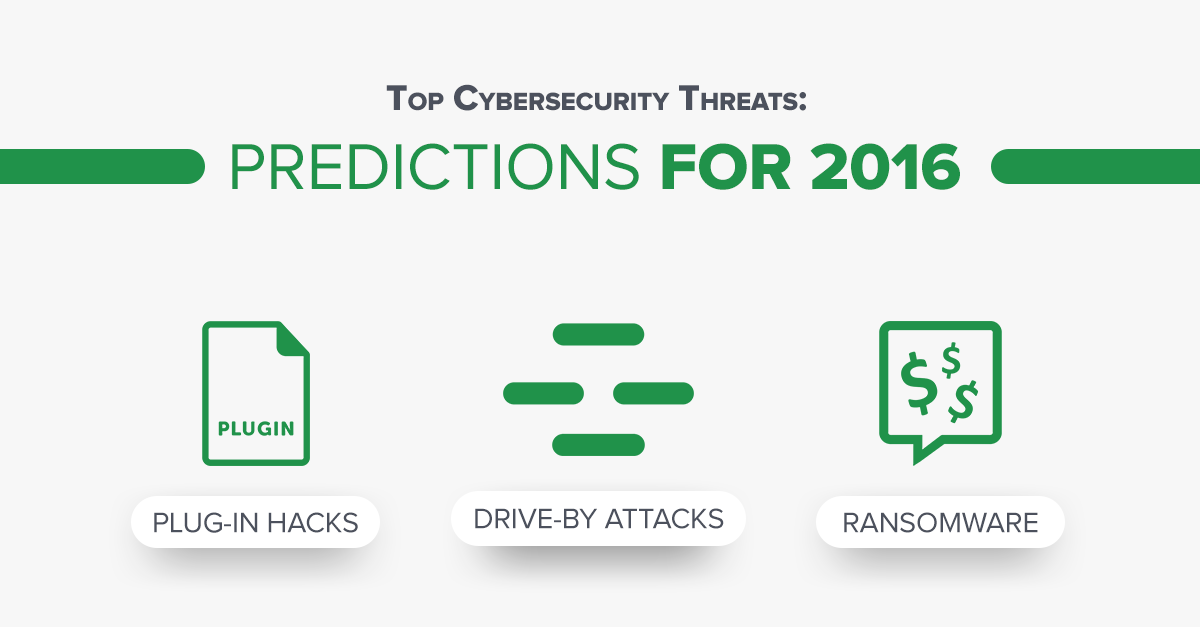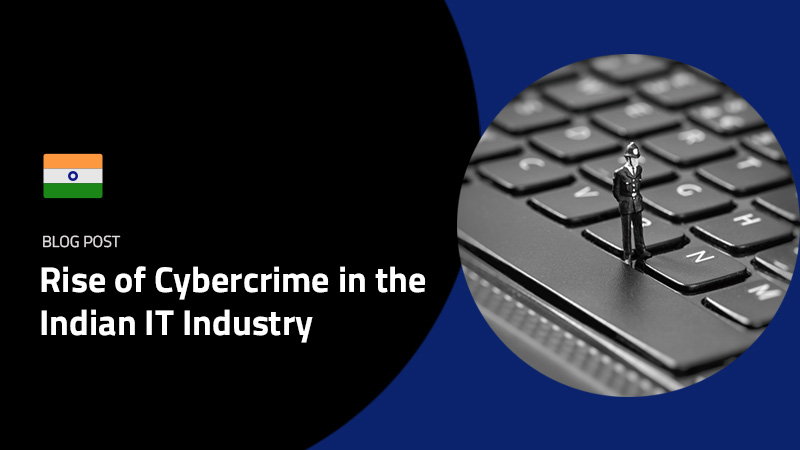According to Kaspersky, In 2015 34.2% of computer users experienced at least one cyberattack and more than 750,000 computers were infected with ransomware. We saw hacks hit the headlines once again -Ashley Madison, the CarPhone Warehouse, T-Mobile.. The list goes on.
And in 2016, it’s unlikely that hackers are going to be taking any time off, so what should you be looking out for this year?
Here are our Predictions for the biggest business #cybersecurity threats in 2016
[Tweet “Predictions for the biggest business #cybersecurity threats in 2016”]
Ransomware
Ransomware such as TeslaCrypt, essentially holds your systems and data hostage. It’s malicious software used by hackers to take over your systems and data, and then demand money for their release. Your systems are at threat from infected web pages, pop-up error messages, bad links and more, so it’s something that needs close monitoring. Furthermore, an attack on a single computer can lead to the infection of your entire network and any external devices connected to a system. Not a pleasant situation to be in.

Drive-By Attacks
These mainly target smartphones, which are increasingly more attractive to hackers given the sheer number of smartphones out there and the fact that many people don’t consider their security. In a drive-by attack, websites will ‘fingerprint’ smartphones that visit malicious sites and mark the weak points in their security systems – allowing future attacks to effectively gain access to private data within the smartphone and potentially more data through the increased use of cloud based servers.

Browser Plug-In Hacks
In 2015, Adobe Flash was targeted by hackers, with Adobe bringing out patch after patch to try and protect users: “at least three [patches] in July and four [patches] between the end of September and the beginning of November” occurred according to Sioux City Journal. In the end, Firefox temporarily blocked Flash in July and now many more sites are fast moving away from the plug-in to HTML5 – Facebook included.
Staying Secure
The basic advice is simple: use antivirus software, educate employees not to click on unknown attachments or links and keep software up to date. This may or may not already be a part of your cyber security strategy, but even if it is, it may not be enough.
It’d be irresponsible not to consider staying secure through employee computer monitoring software. This software can help your company keep a closer eye on company devices as a whole and individually. With this type of software you’ll be able to monitor each and every device in your workplace, set-up custom alerts to tell you exactly when an employee is visiting a prohibited website or accessing classified data, and receive all the evidence you need should such a threat come up against your company.
Which of these threats do you think poses the biggest risk? Are there any major threats you think we’ve left out?






